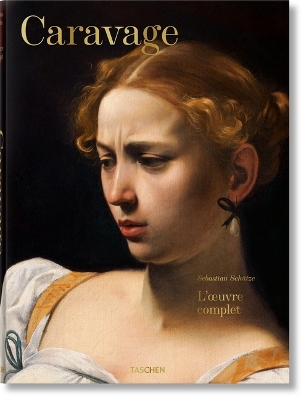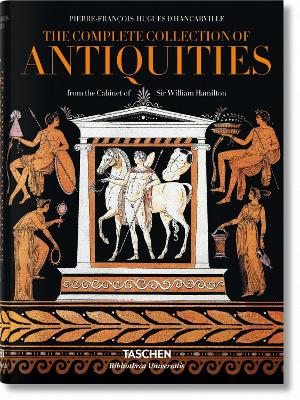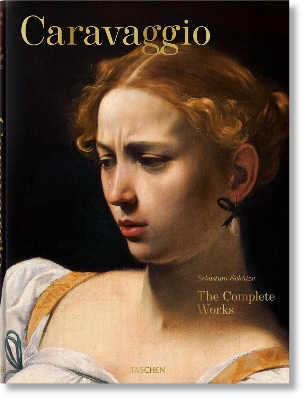Bibliotheca Universalis
3 total works
D’Hancarville. The Complete Collection of Antiquities
by Madeleine Huwiler and Sebastian Schutze
Antiquarian, archaeologist, vulcanologist, and envoy to the British Embassy in Naples, Sir William Hamilton (1731–1803) was a leading European figure of his time. Though the romance between his wife Lady Emma Hamilton and Horatio Nelson tends to eclipse Sir William’s own activities, his work as a scientist and a classicist made major contributions to the study of Pompei, Herculaneum, and Mt. Vesuvius.
As an expert in ancient art, Hamilton also built up an invaluable collection of ancient Greek vases, subsequently sold to the British Museum in London in 1772. Before the pieces were shipped off to England, Hamilton commissioned Pierre-François Hugues d’Hancarville, an adventurous connoisseur and art dealer, to document the vases in words and images. The resulting catalog, published in four volumes and known as Les Antiquités d’Hancarville, represents a neoclassical masterpiece. Never before had ancient vases been represented with such meticulous detail and sublime beauty.
With this reprint, TASCHEN revives d’Hancarville’s masterful catalog for a contemporary audience, reproducing in exacting detail the same pristine images that sparked Europe’s love affair with the classical style.
About the series
Bibliotheca Universalis — Compact cultural companions celebrating the eclectic TASCHEN universe!
Caravaggio, or more accurately Michelangelo Merisi da Caravaggio (1571–1610), was a legend even in his own lifetime. Notorious bad boy of Italian painting, the artist was at once celebrated and controversial: Violent in temper, precise in technique, a creative master, and a man on the run.
This work offers a comprehensive reassessment of Caravaggio’s entire œuvre with a catalogue raisonné of his works. Each painting is reproduced in large format, with recent, high production photography allowing for dramatic close-ups with Caravaggio's ingenious details of looks and gestures.
Five introductory chapters analyze Caravaggio's artistic career from his early struggle to make a living, through his first public commissions in Rome, and his growing celebrity status. They look at his increasing daring with lighting and with a boundary-breaking naturalism which allowed even biblical events to unfold with an unprecedented immediacy before the viewer.


